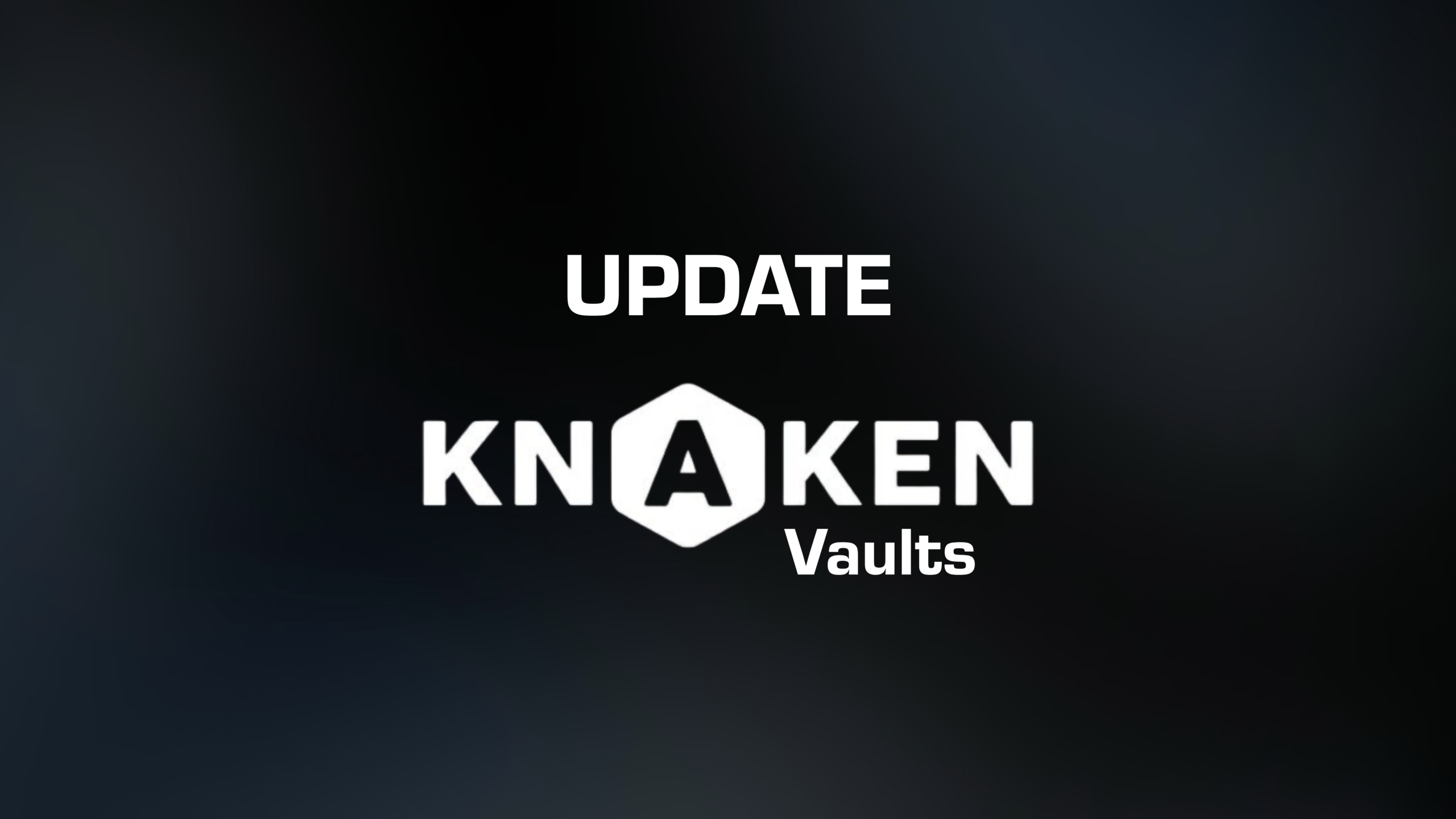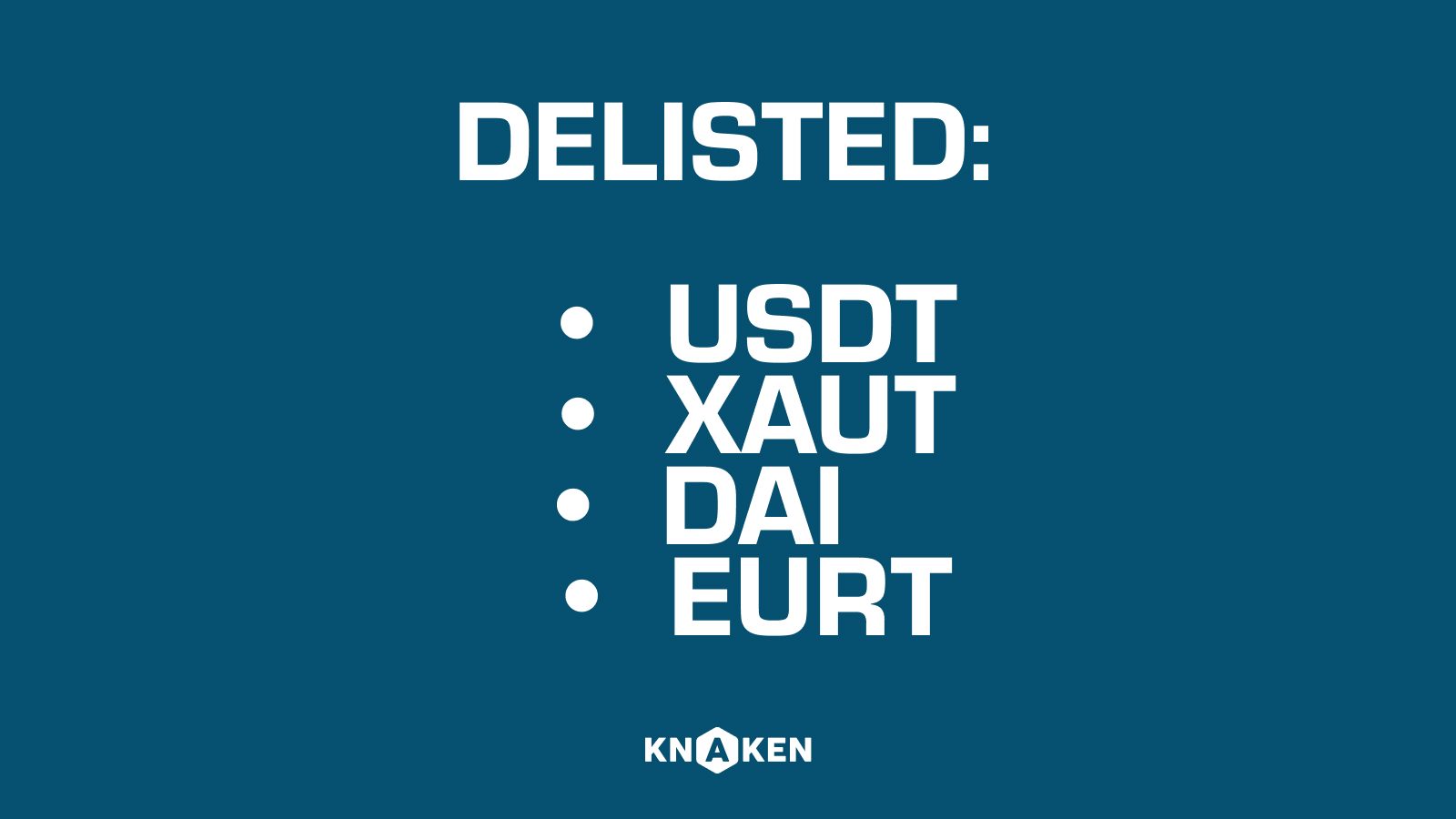Segregated Witness (SegWit)
Segregated Witness, commonly known as SegWit, is a protocol upgrade for the Bitcoin blockchain that was first proposed in 2015 by Bitcoin developer Pieter Wuille. This innovative solution was designed to enhance the scalability and efficiency of Bitcoin transactions while also addressing issues such as transaction malleability. SegWit effectively separates the transaction signatures (or witness data) from the actual transaction data, allowing for increased block capacity and improved transaction processing speeds.
Background of SegWit
Prior to SegWit, Bitcoin had been facing significant challenges regarding its transaction speed and scalability. The original Bitcoin protocol had a block size limit of 1 MB, which often led to network congestion and high transaction fees. As Bitcoin gained popularity, the urgency for a solution became paramount. The introduction of SegWit marked a pivotal moment in the evolution of Bitcoin, facilitating the creation of more complex smart contracts and fostering the development of second-layer solutions like the Lightning Network.
How SegWit Works
SegWit operates by altering the structure of Bitcoin transactions. It introduces a new transaction format, where the digital signatures are segregated from the transaction data. Here’s how it works:
- Transaction Segregation: SegWit separates the witness data from the transaction. This allows for more transactions to fit within a single block, effectively increasing the block size limit beyond one megabyte.
- Transaction Malleability Fix: By moving signatures outside of the transaction data, SegWit resolves the issue of transaction malleability, where a third party could alter transaction IDs before they are confirmed, leading to potential issues with payment verification.
- Block Weight Concept: SegWit introduces the concept of block weight, which measures a block’s size not solely by bytes but also considers the segregated witness data. This change means that blocks can be larger than the traditional 1 MB limit while maintaining lower transaction fees.
Benefits of SegWit
- Scalability: By reducing the size of individual transactions, SegWit allows for more transactions to be processed in each block, effectively increasing Bitcoin’s throughput.
- Reduced Fees: The increased block capacity leads to lower transaction fees, making Bitcoin more accessible to a wider range of users.
- Increased Security: By addressing transaction malleability, SegWit enhances security, as users can confirm transactions without the risk of their transaction IDs being altered.
- Facilitation of Layer 2 Solutions: SegWit lays the groundwork for advanced functionalities such as the Lightning Network, which allows for instant and low-cost transactions off the main blockchain.
Criticism and Controversies Surrounding SegWit
Despite its numerous advantages, SegWit has faced criticism from various segments of the Bitcoin community:
- Complex Implementation: The implementation of SegWit is considered complex, and some users may find it challenging to adapt.
- Concerns over Centralization: Some critics argue that SegWit could contribute to centralization, as larger nodes may have more control over the network’s operations.
- SegWit vs. Bigger Blocks: The introduction of SegWit sparked the debate between increasing block size versus implementing SegWit. Some members of the community favor large block sizes as a more straightforward solution to scalability issues.
SegWit Adoption
Since its activation on the Bitcoin network in August 2017, SegWit has seen a gradual increase in adoption:
- Wallet Support: Many popular cryptocurrency wallets have adopted SegWit, offering users the ability to send and receive transactions through this new format.
- Exchange Integration: A significant number of cryptocurrency exchanges have integrated SegWit, allowing for faster and more cost-effective deposits and withdrawals.
- Merchant and Payment Processor Adoption: Several merchants and payment processors have begun utilizing SegWit to provide their customers with improved transaction experiences.
Conclusion
Segregated Witness (SegWit) is a transformative update to the Bitcoin protocol, designed to enhance scalability, security, and efficiency. By separating transaction signatures from the transaction data, SegWit addresses several inherent challenges in the Bitcoin network while paving the way for future developments. The successful implementation of SegWit marks a significant step in Bitcoin’s journey toward becoming a more robust and widely adopted digital currency. As the cryptocurrency ecosystem continues to evolve, SegWit stands as a testament to the ongoing innovation within the blockchain space.


















